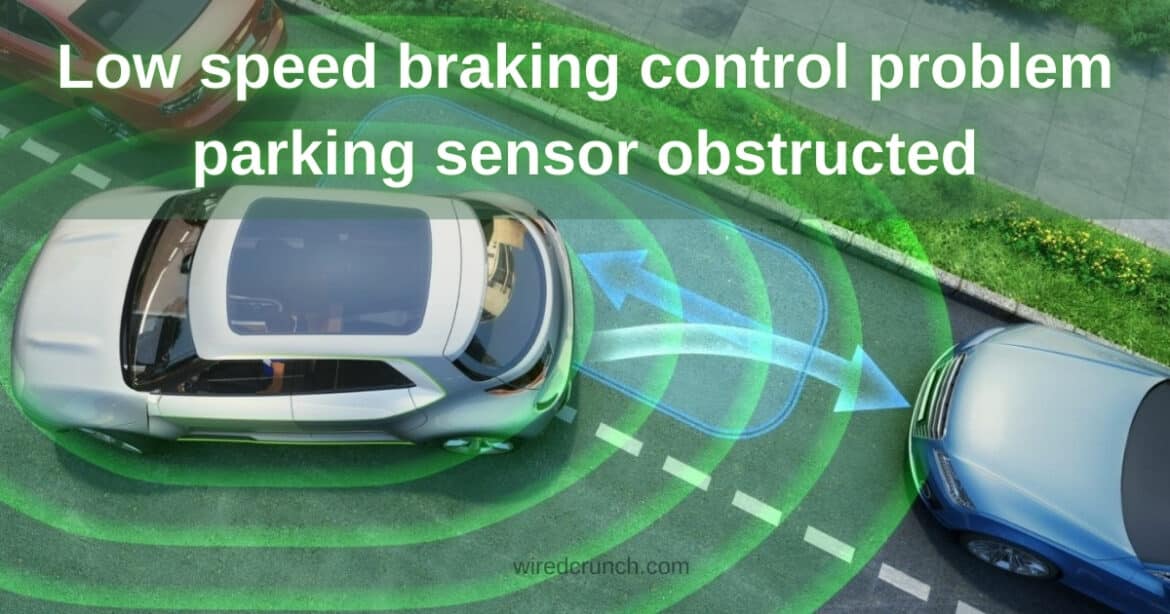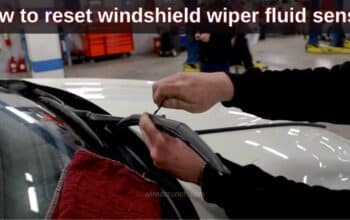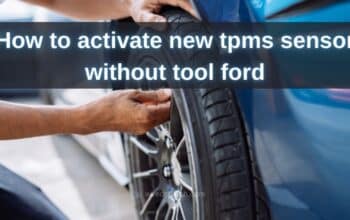Experiencing low speed braking control problem parking sensor obstructed issue? Learn how to address these concerns and ensure safe driving with our helpful tips and advice.
Encountering unexpected sounds and warning messages while driving, especially regarding critical safety features like “low speed braking control problem” and “parking sensor obstructed,” can be concerning. Recently, as I was heading home, I heard a mild thump sound, only to find warning messages on my dashboard indicating these issues. Upon investigation, I discovered a knife had pierced the area beneath my hood, partially damaging a wire crucial to these systems. Now, I’m left wondering if the problem is limited to these sensors or if there are broader concerns. Additionally, with uncertainty about the extent of the damage, the question of whether it’s safe to continue driving until I can have it professionally assessed weighs heavily on my mind.
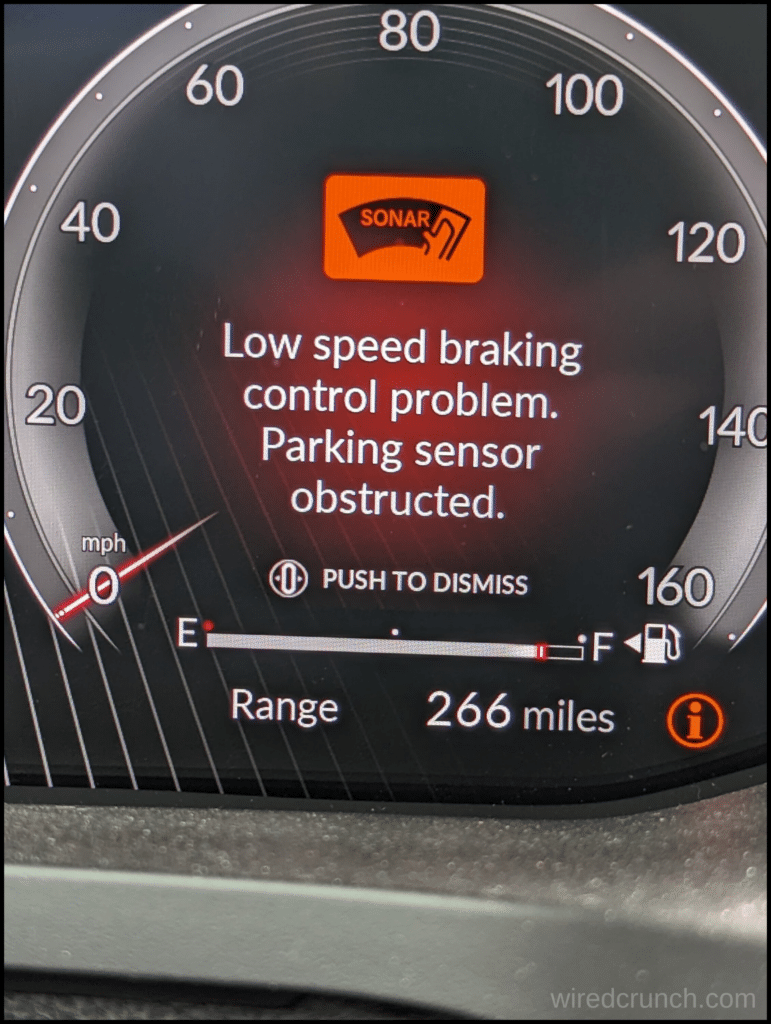
Table of Contents
How the System Works
I’ve had some personal experiences with my car’s safety features, especially with the Low Speed Braking Control. This system is designed to help when the vehicle is moving slowly, between 1 and 6 mph (2 and 10 km/h). It provides a visual and audible alert if there’s a chance of a collision with a wall or other obstacles. It even helps with braking to avoid any accidents. However, I once faced a low speed braking control problem where the system didn’t activate as expected, causing a close call in a tight parking spot. Despite this, the feature usually gives me extra peace of mind in crowded areas.
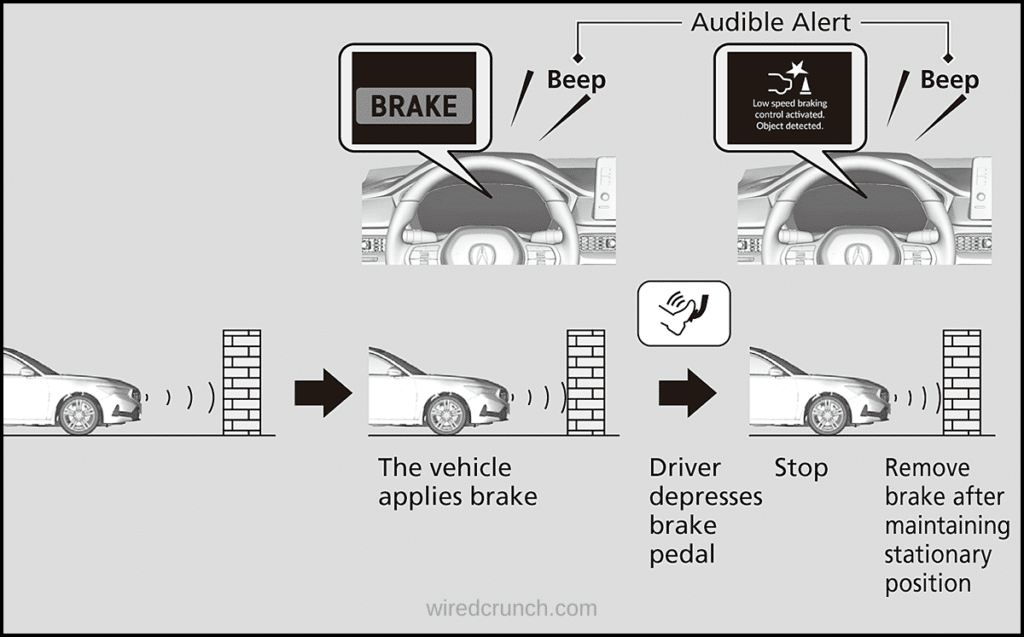
However, if the only rear sensors are turned off using the parking sensor system, the Low Speed Braking Control will not work when reversing. This happened to me once, and it made reversing much more difficult and stressful.
Warning: The Low Speed Braking Control System cannot prevent every collision and may not reduce damage in every situation where the accelerator is mistakenly or aggressively pressed. Additionally, if there is a low speed braking control problem with the parking sensor obstructed, the system may not function correctly. Relying too much on the system could lead to a serious accident, potentially causing injury or death. Always be aware of your surroundings, ensure you’re in the correct gear, and use the pedals properly. Ultimately, it is the driver’s responsibility to ensure the safe operation of the vehicle.
Fix Low speed braking control problem parking sensor obstructed
I’ve had some personal experiences with my car’s safety features, especially with the Low Speed Braking Control. This system helps when the vehicle is moving slowly, between 1 and 6 mph (2 and 10 km/h), by giving a visual and audible alert if there’s a chance of hitting a wall or other obstacles. However, I once had a low speed braking control problem with the parking sensor obstructed.
To fix this issue, I followed these steps:
- I cleaned the sensors to remove any dirt or debris
- I checked for any physical obstructions like snow or leaves and removed them
- I made sure the sensors were turned on in the car’s settings
Following these steps fixed the problem and made the system work properly again.
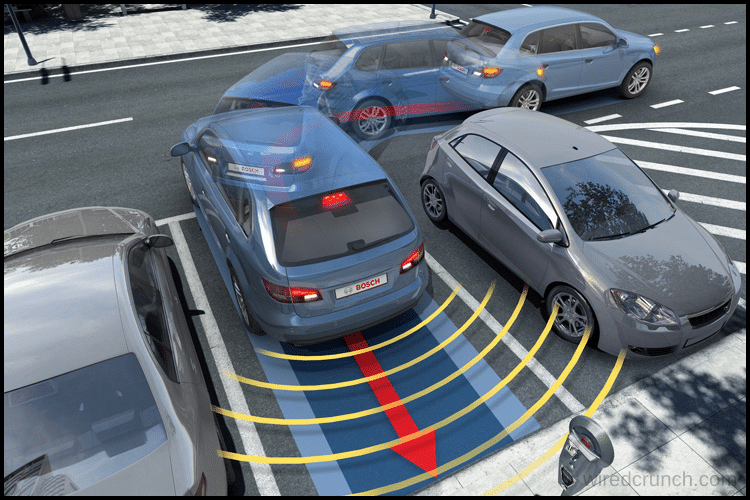
Low Speed Braking Control System Conditions and Limitations
The system may not operate correctly in the following conditions:
Examples of obstacles the sonar sensor cannot detect include:
- Obstacles that do not reflect sound waves well, like people, snow, cloth, and sponges.
- Thin obstacles, such as fences, bicycles, and signposts.
- Short or small obstacles.
- Obstacles right in front of the bumper.
- Moving objects or obstacles that suddenly enter the road.
- Obstacles that are not straight up and down.
Examples of situations where the sonar sensor cannot detect obstacles:
- The sonar sensor is dirty, and covered by snow, water, or mud.
- The vehicle is too hot or too cold.
- The steering wheel is turned sharply when approaching the obstacle at an angle.
Examples of other cases where the system may not work correctly:
- The vehicle is tilted because of a heavy load or suspension changes.
- There is an abnormal tire or wheel condition, like incorrect sizes, varied sizes or construction, or improper inflation.
- Bad weather conditions include heavy rain, fog, snow, or sandstorms.
- The temperature or humidity is too high or too low.
- When driving down a very steep slope.
- When near other vehicles with sonar sensors or objects that emit ultrasonic waves.
Situations where the system may activate even without the risk of a collision:
- Passing through short or narrow gates.
- Driving on uneven surfaces, grassy areas, or places with steps.
- Near a sloped pillar or wall sticking out from a high position.
- When there are obstacles next to the road.
- Driving toward flags, curtains, tree branches, or railroad crossing bars.
- Driving on flooded roads.
Low Speed Braking Control System On and Off
To turn the system on and off, follow these steps.
- Press the safety support button.
- Turn the right selector wheel to the symbol and then press it.
- A message will appear on the driver information interface when the system turns on or off.
- When the system is on, a checkmark will appear in the box, and the symbol color will change to green. The check mark disappears when the system is off, and the symbol color changes to gray.
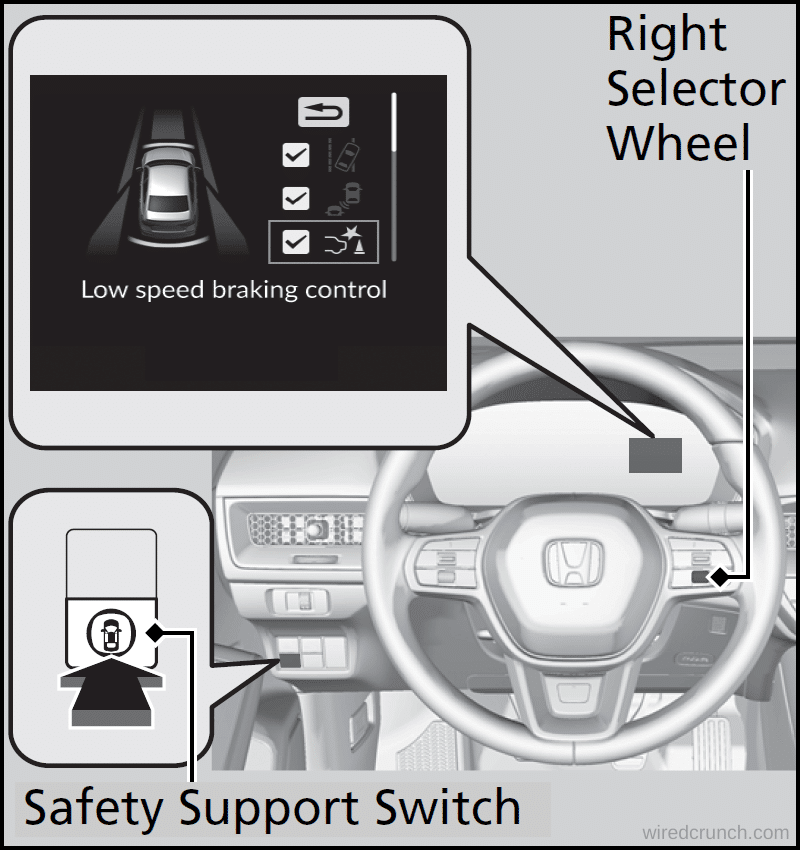
The system turns on every time you start the engine, even if you turned it off the last time you drove.
Conclusion
Dealing with a low speed braking control problem parking sensor obstructed can be frustrating. Ensuring the sensors are clean and unobstructed is essential for the system to work properly. Regular maintenance and awareness can help prevent issues and keep the system reliable.
Frequently Asked Questions (FAQs)
How do I turn off low speed braking control?
If the Low Speed Braking Control system activates when you don’t want it to, like when your vehicle is between two railroad crossing gates, just press the brake pedal to turn off the system and then keep driving as usual.
What is controlled braking in driving?
Controlled braking involves pressing the brake pedal as firmly as possible without causing the wheels to lock up. This technique allows you to maintain control and steer the vehicle, reducing the risk of skidding or sliding. Understanding various braking methods can help improve your driving skills.
Can you turn off automatic braking?
You can disable automatic braking at any time by pressing the accelerator or the brake pedal. If you don’t press the brake pedal shortly after stopping, the Electric Parking Brake might engage. To release it, press the brake pedal and use the Electric Parking Brake button.
What causes parking sensor obstruction issues?
Dirt and debris: Build-up of dirt, dust, or debris on the sensor can interfere with its operation, causing inaccurate or no readings. Moisture and corrosion: Moisture exposure can lead to corrosion in the sensor’s metal housing or electrical connections, leading to malfunctions.
How do you stop an automatic car if the brakes fail? What causes sudden brake failure?
If the brakes fail in any car, you’ll be lucky to avoid an accident. In a manual car, you aggressively change down the gears to slow the car as quickly as possible. In an automatic car, this seems to be a hard thing to do. However, automatics do have engine braking and do have a low gear selection possible.
READ MORE :
How Much Does it Cost to Replace a Crankshaft Sensor
How Much is an Oil Pressure Sensor
Transmission Fluid Pressure Sensor Replacement Cost
Explore the Wheel Speed Sensor Replacement Cost
I have a professional background with a Diploma in Information Communication Technology, which brings a blend of technical expertise and creative flair to my writing. Currently, I serve as a writer for Creativeoutrank LLC and contribute to their various websites.
I’m writing is a ref... Read more
